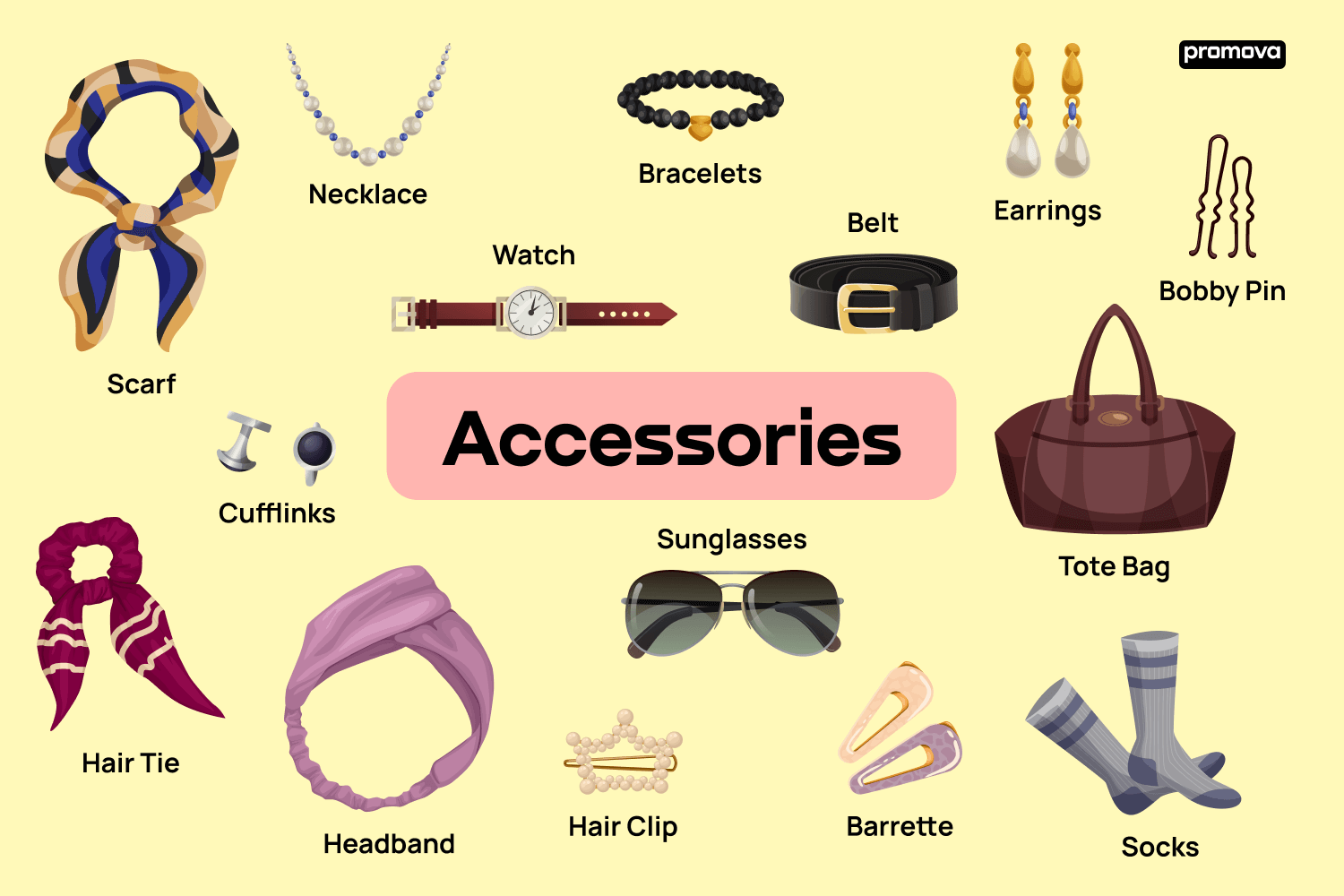THHN Wire in Automotive Applications: Safety, Compatibility, and Best Practices
Understand then wire basics
Then wire stand for thermoplastic high heat-resistant nylon coat wire. This electrical conductor feature a PVC insulation core wrap in a protective nylon jacket. The design make it extremely resistant to heat, moisture, gasoline, and oil characteristics that might seem ideal for automotive applications.
The wire carry ratings for temperatures up to 90 ° c (194 ° f )in dry conditions and 75 ° c ( (7 ° f ) ) wet environments. These specifications oft lead automotive enthusiasts to consider thhnthena costcost-effectiveernative to specialized automotive wire.
Automotive wiring requirements and standards
Automotive electrical systems operate under unique conditions that standard building wire seldom encounter. Vehicles experience constant vibration, extreme temperature fluctuations, exposure to chemicals, and electromagnetic interference from various sources.
The society of automotive engineers (sSAE)and other regulatory bodies establish specific standards for automotive wire. These standards address factors like:
- Flexibility under repeat flex
- Resistance to automotive fluids
- Performance in temperature extremes
- Electromagnetic compatibility
- Fire resistance characteristics
SAE j1128 represent the primary standard for low voltage automotive wire in North America. This specification require wire to withstand specific tests for abrasion resistance, cold bend performance, and fluid resistance that then wire may not meet.
Technical compatibility analysis
Then wire use strand copper conductors, which provide some flexibility advantage over solid wire. Nonetheless, the insulation system differs importantly from automotive grade wire. Automotive wire typicallyusescross-linknk polyethylen((LPEe) or specialized pPVCformulations design for vehicle environments.
The nylon jacket on then wire offer excellent abrasion resistance, but it may become brittle in freezing conditions common in automotive applications. Additionally, the wire’s flexibility characteristics may not meet the repeat flex requirements find in areas like door harnesses or engine bay applications.
Voltage ratings present another consideration. Then wire typically carries 600 volt ratings, which exceed most automotive low voltage requirements. Nonetheless, automotive systems progressively incorporate higher voltage components, especially in hybrid and electric vehicles, where specialized high voltage wire become mandatory.

Source: centralwires.com
Safety considerations and code compliance
Use non-automotive wire in vehicles raise significant safety concerns. Insurance companies may question coverage for electrical fires or failures involve non-compliant wiring. Professional mechanics and technicians typically avoid then wire for automotive repairs to maintain warranty coverage and meet professional standards.
The national electrical code (nNEC)govern ththenire applications, but these regulations don’t extend to automotive use. Vehicle electrical systems fall under different regulatory frameworks, include department of transportation ( (t ) )quirements and manufacturer specifications.
Fire safety represent a critical concern. Automotive wire must meet specific flame spread and smoke generation requirements. Then wire may not perform identically to automotive wire in fire situations, potentially create safety hazards.
Environmental factors and durability
Automotive environments expose wiring to unique challenges. Engine compartments experience rapid temperature cycling, from sub-zero cold start to operate temperatures exceed 200 ° f. This thermal stress can cause insulation to crack or become brittle over time.
Chemical exposure present another challenge. Automotive fluids include brake fluid, transmission fluid, coolant, and various cleaning solvents can attack wire insulation. While then wire show good resistance to many chemicals, it may not match the specific resistance profiles require for automotive applications.
Vibration resistance become crucial in mobile applications. Constant engine vibration and road shock can cause wire fatigue, specially at connection points. Automotive wire incorporate design features to address these stresses that then wire may lack.
Practical applications and limitations
Some automotive enthusiasts use then wire for specific applications like custom audio installations or auxiliary lighting circuits. These applications oftentimes involve stationary installations with minimal flexing and environmental exposure.
Nonetheless, several automotive applications perfectly require proper automotive wire:
- Engine management systems
- Safety critical circuits (brakes, steering, airbags )
- High current applications (starter, alternator )
- Circuits expose to engine heat
- Move harnesses (doors, trunk, hood )
Professional installers typically reserve then use for selfsame specific circumstances where its characteristics match application requirements and safety standards permit its use.
Cost analysis and value considerations
Then wire oft cost less than automotive grade wire, make it attractive for budget conscious projects. Notwithstanding, this initial savings may prove false economy if reliability issues develop or insurance problems arise.
Automotive wire pricing reflect the additional testing, certification, and specialized manufacturing require meeting industry standards. The premium pay for peace of mind and compliance with establish safety practices.
Professional installation costs may increase when use non-standard wire, as technicians may require additional time to ensure proper installation and may charge premium rates for non-standard work.
Alternative wire options
Several wire types advantageously suit automotive applications than then. Primary automotive wire (sSAJj1128 )represent the standard choice for most low voltage applications. This wire offer proper flexibility, environmental resistance, and regulatory compliance.
For high temperature applications, silicone insulate wire provide superior heat resistance. Marine grade wire offer enhance moisture resistance for applications in wet environments.
Specialized applications may require specific wire types, such as coaxial cable for antenna connections or shielded wire for sensitive electronic circuits.
Installation best practices
When automotive wire installation become necessary, proper techniques ensure reliable performance. This includes use appropriate connectors design for automotive use, provide adequate strain relief, and follow proper routing practices.
Heat shrink tubing and proper splicing techniques become critical for long term reliability. Automotive electrical systems benefit from military grade splicing techniques and environmental sealing.
Proper wire sizing ensure adequate current capacity while minimize voltage drop. Automotive applications oftentimes require larger wire sizes than build applications due to lower system voltages.
Professional recommendations
Most automotive professionals recommend against use then wire for vehicle applications. The potential risks typically outweigh any cost savings, specially for safety critical systems.
Professional mechanics, custom installers, and automotive electricians broadly specify proper automotive wire to ensure reliability, maintain warranties, and meet professional standards.
For DIY enthusiasts, invest in proper automotive wire oftentimes prove worthwhile for the add reliability and peace of mind. Many automotive supply stores stock appropriate wire types at reasonable prices.
Regulatory and warranty implications
Vehicle manufacturers specify particular wire types for their products. Use non specified wire may void warranties or create liability issues in case of failures.
Professional shops typically maintain insurance requirements that may exclude coverage for work perform with non-standard materials. This creates additional risk for both shops and customers.
State vehicle inspection requirements may address electrical system modifications, specially for safety relate circuits. Use proper automotive wire help ensure compliance with these requirements.

Source: centralwires.com
The decision to use then wire in automotive applications require careful consideration of safety, reliability, and regulatory factors. While the wire may function in some limited applications, the risks and limitations typically favor use proper automotive grade wire for vehicle electrical systems.



